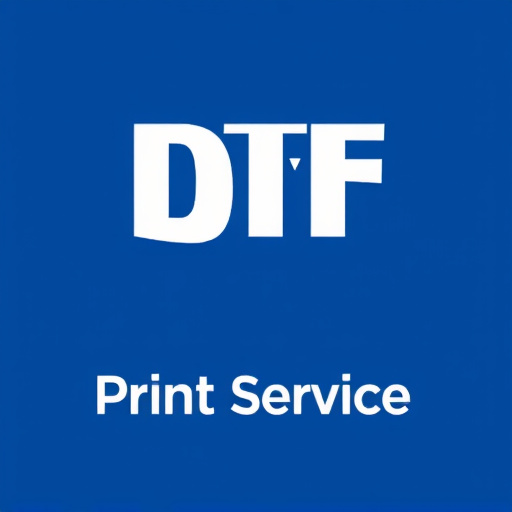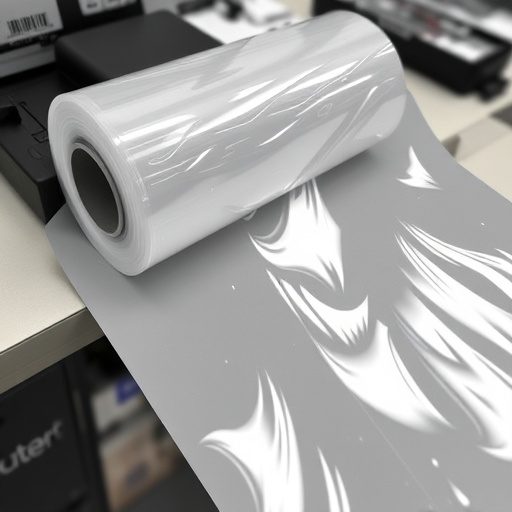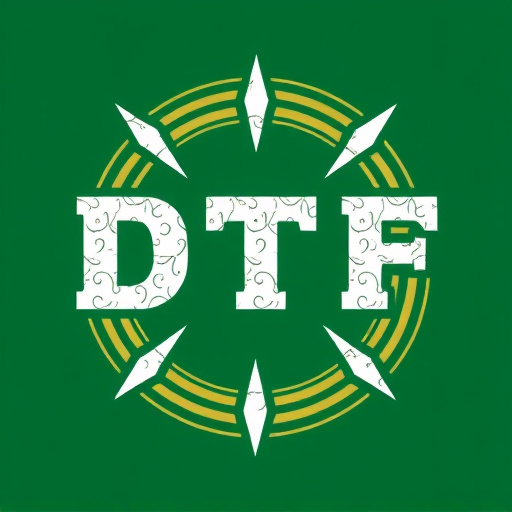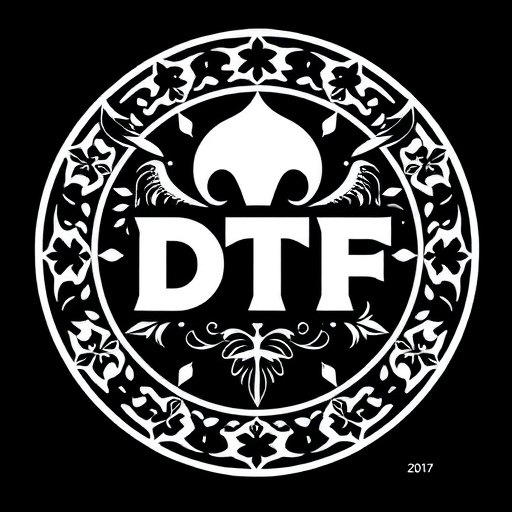DTF Apparel Printing is a revolutionary, eco-friendly method transforming the fashion industry. Using water-based or solvent inks, this Direct to Garment technique produces high-quality custom designs with minimal environmental impact. Quick drying times and energy efficiency make it ideal for sustainable brands, offering a cost-effective alternative to traditional methods while preserving planetary resources and enabling intricate patterns.
“Discover the future of apparel printing with DTF (Direct to Garment) technology, offering a sustainable approach to clothing customization. This article explores how DTF printing empowers businesses to create eco-friendly garments while meeting client demands.
From understanding the fundamentals of DTF printing and its environmental advantages to exploring green options in materials and processes, we provide an in-depth guide. Additionally, we offer a step-by-step framework for adopting these practices, ensuring a smooth transition towards an environmentally responsible production process.”
- Understanding DTF Apparel Printing: The Eco-Friendly Approach
- – Definition of Direct to Garment (DTF) printing
- – Traditional vs. eco-friendly production methods
Understanding DTF Apparel Printing: The Eco-Friendly Approach

DTF Apparel Printing is a cutting-edge technique that has revolutionized the fashion industry with its eco-friendly production methods. This process, short for Direct to Garment Printing, allows for high-quality, custom designs to be applied directly onto textiles, offering a sustainable alternative to traditional printing techniques. With DTF Apparel Printing, manufacturers can produce garments with intricate patterns and vibrant colors while minimizing environmental impact.
The eco-friendly aspect comes from the absence of harmful chemicals often used in other printing processes. DTF printing services use water-based or solvent inks that are not only non-toxic but also easily recyclable. This approach reduces waste and pollution, making it a preferred method for environmentally conscious brands. Moreover, dtf application instructions emphasize quick drying times and energy efficiency, ensuring a more sustainable production cycle without compromising on design quality or garment performance.
– Definition of Direct to Garment (DTF) printing

Direct to Garment (DTF) printing is a cutting-edge technology revolutionizing the apparel industry with its eco-friendly approach. Unlike traditional methods, DTF Apparel Printing allows designs to be applied directly onto fabrics using inkjet printers. This innovative process ensures durable prints that are both vibrant and long-lasting. By skipping the need for costly screens and chemical treatments, DTF offers a sustainable alternative, making it an attractive option for environmentally conscious businesses and consumers.
The production process involves several steps, including designing or uploading artwork, printing the design directly onto a garment using specialized ink, and then curing the ink with heat to set it permanently. This method facilitates fast turnaround times and allows for a wide array of customization options, making it ideal for small-batch productions and on-demand orders. With its efficiency and focus on sustainability, DTF printing stands out in the market, offering both quality prints and quick delivery, such as DTF’s renowned fast delivery services, while adhering to strict environmental standards throughout the curing process.
– Traditional vs. eco-friendly production methods

In the realm of DTF Apparel Printing, traditional production methods have long dominated the industry, relying on techniques that often come at a cost to the environment. These conventional practices involve chemical-laden processes and materials, leading to potential pollution and waste generation. However, as awareness of sustainability grows, so does the demand for eco-friendly alternatives.
DTF (Direct-to-Garment) printing offers a greener approach by eliminating many of the harmful substances used in traditional methods. By focusing on DTF heat transfers and artwork transfers, this modern technique ensures superior dtf durability while preserving the planet’s resources. The shift towards eco-conscious production not only benefits the environment but also allows for more creative and intricate dtf artwork designs, showcasing a harmonious blend of style and sustainability.
DTF apparel printing stands out as a responsible choice for environmentally conscious businesses and consumers. By adopting eco-friendly production options, this modern printing method reduces waste and minimizes the environmental impact associated with traditional apparel manufacturing. As consumer demand for sustainable products grows, DTF printing offers a viable solution, ensuring both quality and ecological stewardship.














